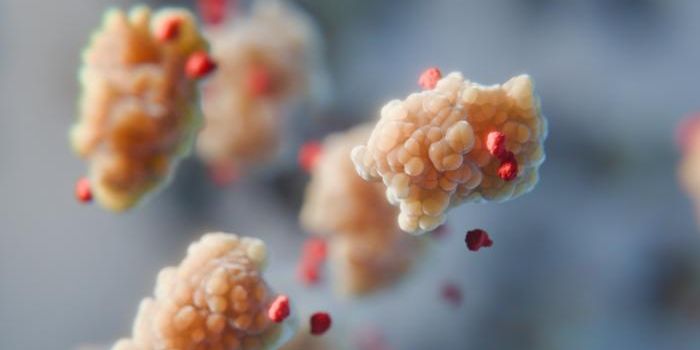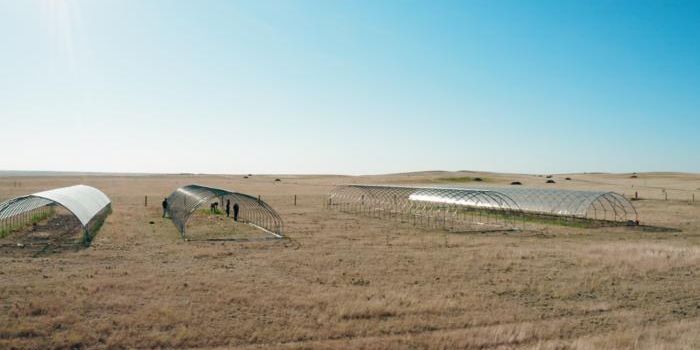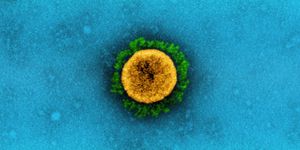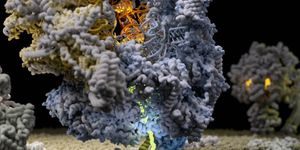New hydrogels mimic biological tissue but are even stronger
In a new study recently published in Nature, researchers from UCLA describe a process they have developed to produce biomaterials that could be used for artificial tissues, tendons, and cartilage. The materials are made from hydrogels and small quantities of polymers and are 10 times stronger than natural tissues and even tougher than Kevlar and rubber.
Though the materials are designed to mimic the internal structure, stretchiness, strength, and durability of biological tissues, the hydrogels surpass the quality of these characteristics in nature.
The biomaterial is unique in that it contains only 10% polymers; the rest of the material is water. Using techniques known as "freeze-casting" and "salting-out," the researchers designed their hydrogels to produce crisscrossing structures from the molecular level up to the scale of millimeters. Such overlapping structures make the material more resilient to being stretched. Combined with the use of polyvinyl alcohol in the hydrogel, the material’s stretchiness, strength, and durability were obvious. The team reported observing no signs of deterioration after 30,000 cycles of stretch testing.
"This work shows a very promising pathway toward artificial biomaterials that are on par with, if not stronger than, natural biological tissues," said study leader Ximin He, an assistant professor of materials science and engineering at the UCLA Samueli School of Engineering.
The team says their new type of hydrogels opens the doors for many new potential applications, not only artificial tissue engineering. For example, the hydrogels could also act as a coating for implanted or wearable medical devices to enhance long-term performance, or on surgical machines, in bioelectronics, or 3D printing configurations that require countless repeated cycles.
Sources: Nature, Eureka Alert








